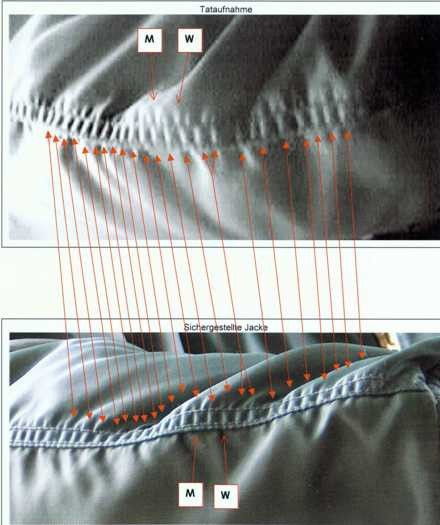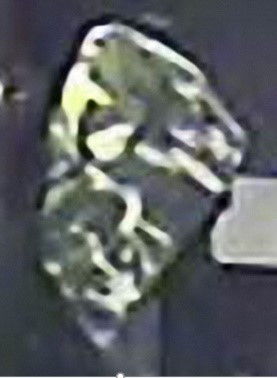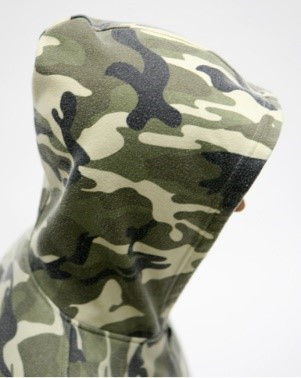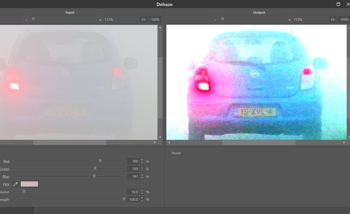News
Forensic value of clothing
23 July 2020
Article by Wilfried Kohlhof and Foclar
Introduction
Nowadays there is an abundance of forensic techniques and scientific knowledge which can help in finding clues or evidence during criminal investigations. Known techniques are fingerprint matching, facial recognition and DNA matching. However, these techniques are not always applicable. Especially because perpetrators take various counter-forensic measures like wearing gloves, covering their face and avoid being photographed head-on by a surveillance camera.
However, since no one (or almost no one) goes to the scene of a crime without clothing, it can provide valuable clues when systematically evaluated.

Theoretical background
During the production of clothing, intentional and accidental characteristics arise. So as a general rule, items of clothing have the potential to differentiate themselves from similar items. These unique characteristics arise, for example, when cutting patterned fabrics. Other special characteristics are folds and wavy structures on seams, especially on jeans. From a forensic point of view, these random features are very interesting because they can be used to identify a piece of clothing.
With this in mind, we can also try to match a piece of clothing a perpetrator is wearing during a crime with an item retrieved from a suspects house. Of course, we need to have an image or video of the person wearing this clothing during a crime.
The extend in which we can compare features of a specific piece of clothing on the basis of image material largely depends on the image quality. In turn, the image quality is subject to numerous influencing factors such as:
- the position of the camera (angle of view, height)
- the exposure conditions
- the focal length of the lens
- the recording technology
- the resolution
- the type and intensity of compression
- the further image processing
to name only the essential parameters.
How high the image quality should be depends on the size and shape of the features in question. Clothing with larger patterns, such as checkered, block striped and/or camouflaged items, have lower quality demands. Fine structures such as seam patterns, crimps, damage or soiling demand a much higher quality. So, the smaller the characteristics to be evaluated, the higher the demand for the image quality.
Practical implementation
The first step of performing a comparison between a piece of clothing visible in the footage of a crime and retrieved from a suspect, is to evaluate the captured imagery. If necessary, it can be enhanced using forensic image enhancement software packages (like Impress) to generate reference images that are as detailed and noise-free as possible. The piece of clothing in question is checked for features consisting of individual or grouped characteristics, such as structures on seams.
Subsequently, the crime scene items are compared with the evidence items. If necessary, dummies or assistants are used to simulate the crime situation. The comparison is documented photographically and in writing.

Experience
Expert opinions arising from these type of investigations are included in the court files and can be used as evidence at the hearing. In a period of 15 years, Mr. Kohlhof has performed several of these investigations. In many cases he was able to contribute to the clarification of this type of evidence. More information on this can be found in the book: “Beschreibung und Identifizierung von Bekleidung“ [1].
Conclusion
Given the image quality is high enough and an evidence item is available, an item of clothing can be matched to a an image or video of someone wearing it during a crime. Although, It is not as commonly known as fingerprint matching or face recognition, comparison of clothing can be a valuable asset in an investigation. Especially since crime is seldomly performed without.
“Clothes are never the problem, the image quality often is.”



